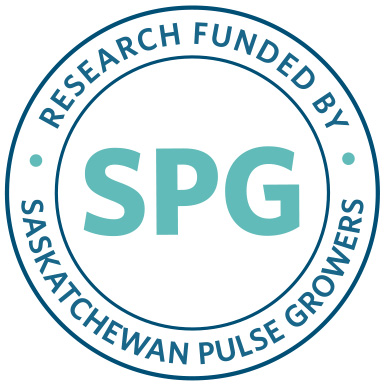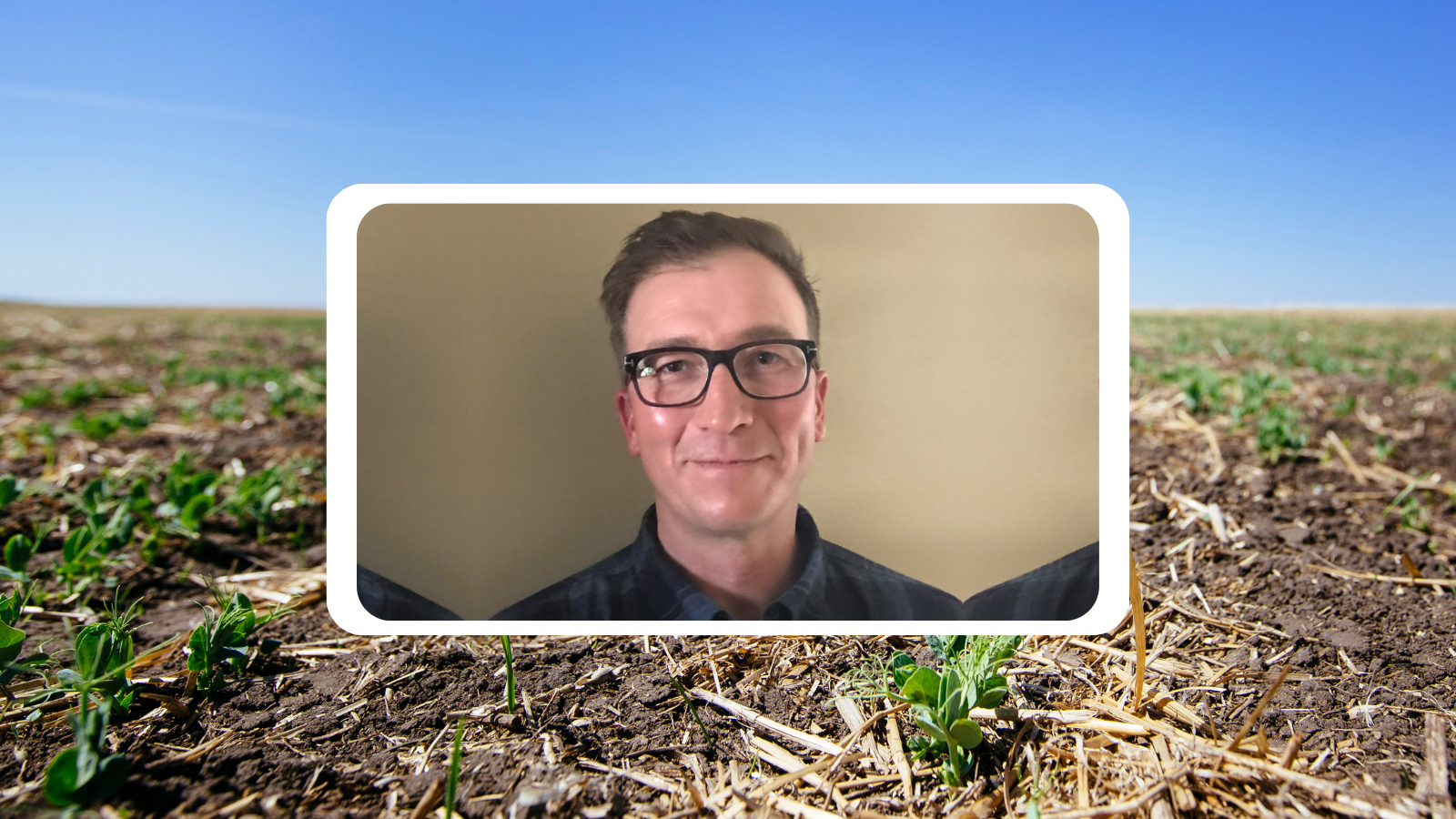Optimizing Field Pea Yield and Protein Through Fertilizer Management
Introduction
Field peas provide many soil health benefits and are a great option for diversifying your crop rotation. Peas must be profitable, however, to be a realistic cropping option. One way to improve profitability is to apply the right rates and combinations of nutrients that maximize pea yield while minimizing fertilizer costs. Another potential option to improve profitability that is less understood is applying fertilizer to increase pea protein levels. With increased consumer demand for plant-based protein, some grain buyers are now offering premiums for higher protein peas.
To explore how fertilizer management can improve field pea profitability, Saskatchewan Pulse Growers (SPG) funded a study testing the impact of different rates, combinations, and application timings of nitrogen, phosphorus (P), and sulfur (S) fertilizer on pea yield and protein. The research took place over the 2019 and 2020 growing seasons at six sites across Saskatchewan. Six different rates of P side banded as monoammonium phosphate (MAP) and four different rates of S side banded as ammonium sulfate (AS) were tested as well as a single higher rate of N applied either in the sideband as urea or slow-release N or floated in crop as urea.
Key Findings
- Only P application had an impact on yield and protein (Figures 1 and 2). None of the N or S treatments improved yield or protein.
- Phosphorus application improved yield at 8 of 11 sites where soil P was low, or 73% of the time.
- The P rate providing the largest yield bump was 35-45 lb P2O5 per acre (ac), increasing yield at the sites with low soil P by 13% or 6 bushels (bu)/ac compared to not applying P fertilizer. In the cost analysis, the 35 to 45 lb P2O5/ac rate also showed the greatest average financial return.
- Protein increased with increased P rate but only by 0.4%, from 22.2% in the lowest P rate to 22.6% with the highest P rate.
Conclusions and Recommendations
From the research, P fertilizer is the nutrient to focus on to increase pea yield and protein through fertilizer management. Where soil P is low (under 15 parts per million Olsen P) you should target a rate of 35-45 lb P2O5/ac for the best yield response and economic return. At these P rates, under low soil P conditions, expect a 73% chance of around a 13% yield improvement. Where soil P is moderate to high, P rates below 35 lb P2O5/ac will likely be enough. Apply P rates above 45 lb P2O5/ac where the aim is to build up soil P over the long-term or where pea yields greater than 50 bu/ac are common. If applying some of the P in the seed row be sure to apply safe rates based on your seeding equipment to prevent seedling burn. Pea protein only increased by a level of 0.4% with increased P rate, so it would not be worth applying fertilizer above the yield optimizing rate of 35-45 lb P2O5/ac just to improve protein. Sulfur or extra N did not improve yield or protein in the research and thus are not necessary to apply in most situations. A small amount of S (10-15 lb S/ac) is recommended where previous crops have shown an S deficiency. As well, extra N is recommended where soil N is extremely low and P or S is not being applied, or where N-fixing pea root nodules have failed to form.


Acknowledgements
This project was funded solely by Saskatchewan Pulse Growers. Each Agri-ARM site also receives base funding provided through the Canadian Agricultural Partnership bi-lateral agreement between the federal government and the Saskatchewan Ministry of Agriculture. We also acknowledge the strong working relationships between Agriculture and Agri-Food Canada and the following collaborating organizations: Indian Head Agriculture Research Foundation, Wheatland Conservation Area, Irrigation Crop Diversification Corporation, Northeast Agriculture Research Foundation, and Western Applied Research Corporation. Thanks also goes to those that provided crop protection products in kind.



